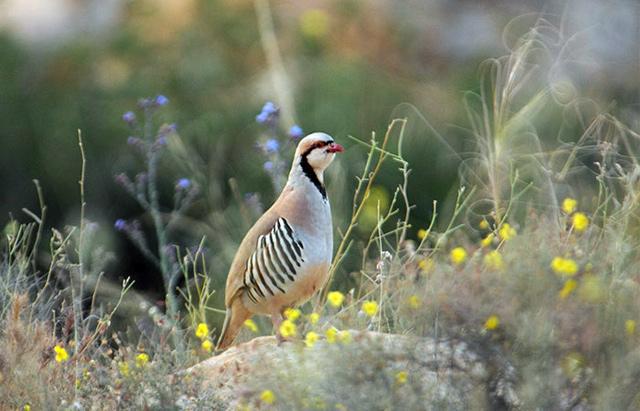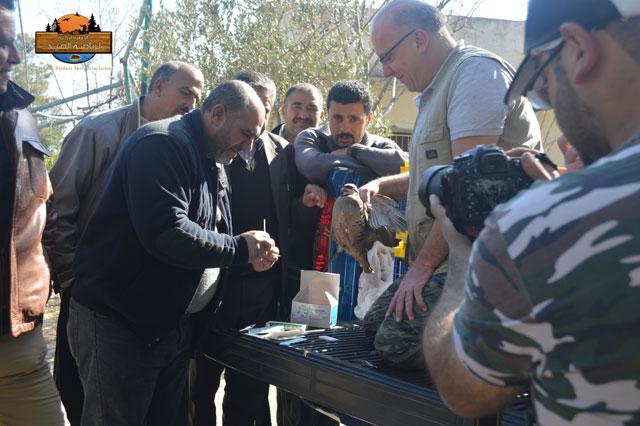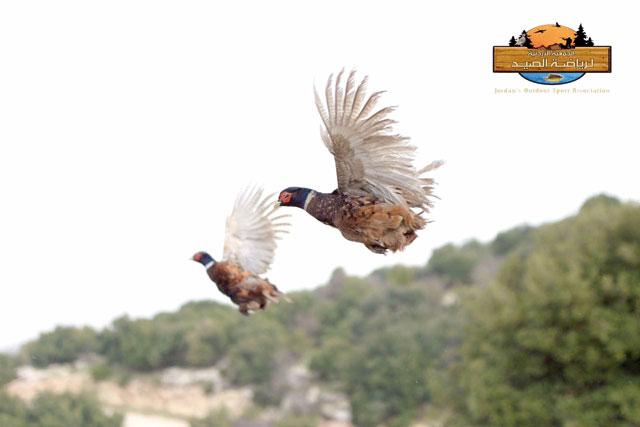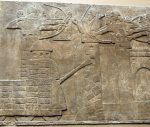You are here
Overhunting ‘alarmingly’ increasing in Kingdom — study
By Hana Namrouqa - Dec 09,2017 - Last updated at Dec 10,2017
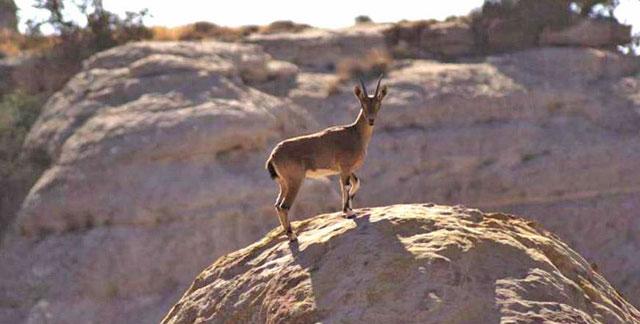
The Nubian ibex is one of the 34 species with special protection that was killed excessively, the study shows (Photo courtesy of RSCN)
AMMAN — A study documenting the extent of illegal hunting in Jordan through the analysis of posts on social media has warned that overhunting of threatened species in the Kingdom is increasing “alarmingly” and suggested a review of the local hunting system.
The study, titled “Illegal hunting in Jordan: using social media to assess impacts on wildlife”, analysed 606 photographs from seven hunter groups posted on Facebook between 2015 and 2016, recording the killing of 4,707 native animals belonging to 59 species. Birds constituted the majority of the animals killed, followed by mammals and reptiles.
“Flouting of Jordanian laws was widespread, with daily bag limits exceeded on many occasions, and in the case of chukar partridge, the most popular quarry, some hunters exceeded the limit by 3,000 per cent,” the study indicated.
A total of 34 species with special protection under Jordanian laws were killed, according to the study, which indicated that the hunting of large mammals, especially the Nubian ibex and gazelles, whose population is already depleted, was particularly excessive.
Co-authors of the study Ehab Eid and Ramzi Handal told The Jordan Times that the study seeks to assess the extent of illegal hunting in Jordan, and address its consequences on species’ survival and conservation efforts.
“Overall, the survey shows an alarming picture of overhunting of threatened species and ineffective enforcement of hunting laws, despite the efforts of key government and voluntary agencies,” Eid, who is the director general of the Royal Marine Conservation Society of Jordan, said.
The study, a copy of which was made available to The Jordan Times, showed that five species of mammals categorised as vulnerable on the International Union for Conservation of Nature Red List were hunted, including the Nubian ibex, goitered gazelle, dorcas gazelle, mountain gazelle and marbled polecat.
In addition, analysis of the posts on the hunters’ groups on Facebook showed that two vulnerable bird species were hunted, the Asian houbara and the turtle dove, in addition to two endangered bird species; the saker falcon and the steppe eagle, as well as the vulnerable reptile species of the Egyptian spiny-tailed lizard.
Among the birds category, the chukar partridge was the most hunted species, followed by the common quail and the rock dove, while, among mammals, the cape hare was the most commonly hunted species, followed by the Nubian ibex and the wild boar.
“We recommend urgent action to address the causes of the problem and to improve the management of hunting through better collaboration, mobilisation of resources and awareness raising,” Handal, head and founder of Jordan’s Outdoor Sport Association, said.
The 4,707 individual animals killed in the 13 months of study is “worryingly high, especially as the seven [hunters’ Facebook groups] are only a small proportion of licensed hunters, the study said.
It concluded that there is “little doubt that hunting is a major factor influencing the decline of wildlife species and undermining the success of conservation efforts in the Kingdom”.
The study called for addressing the increasing number of licensed and unlicensed hunters in Jordan and the lack of sufficient enforcement officers, especially outside protected areas.
Related Articles
AMMAN — The decision to prohibit hunting partridges and sand partridges for three years was not effective, and allowed for illegal hunters t
AMMAN — A new population of chukar, a game bird highly prized by hunters, has been released into the wild to offset its dwindling numbers, a
AMMAN — Hundreds of pheasants and chukars, game birds highly prized by hunters, were reintroduced to their natural habitat to offset their d


